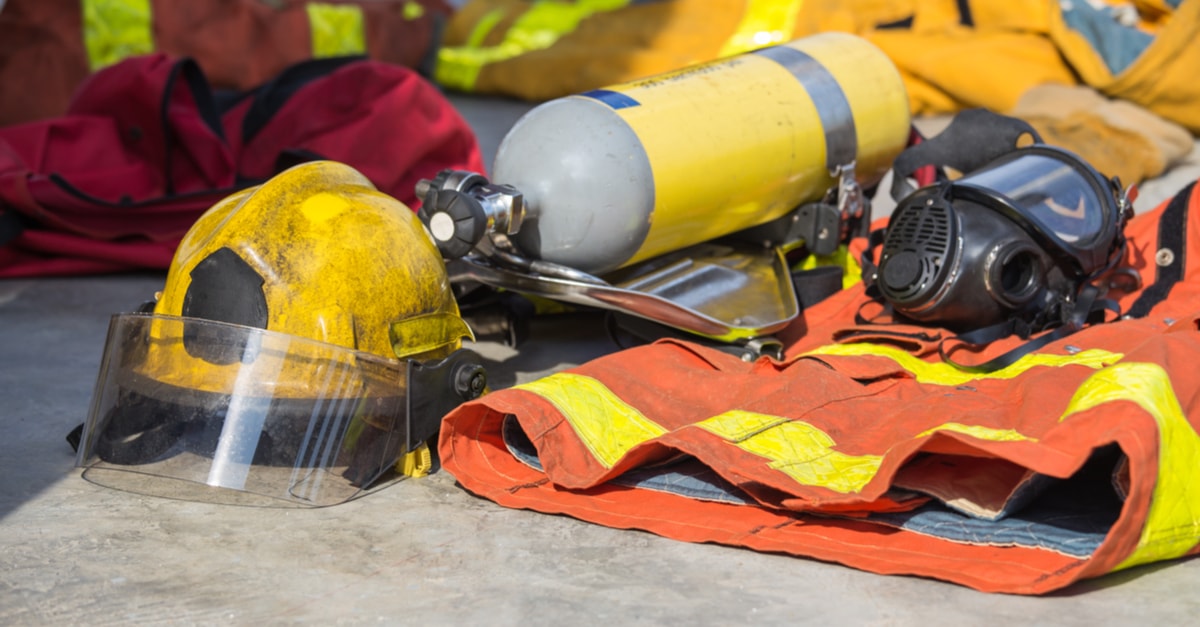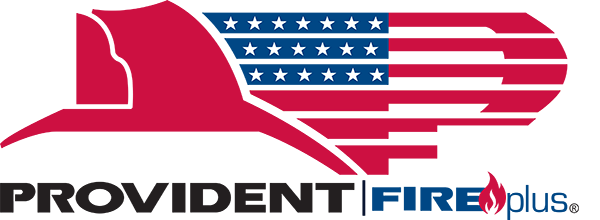
For many firefighting operations, having the right equipment and having it ready to go can make the difference in an event’s success. All equipment and apparatuses should be ready to assist, and we recommend performing regular checks to ensure that everything is accounted for and working properly. One of the most important benefits of a daily check is that it provides a review for everybody. Not only does the equipment get thoroughly checked, it’s also a great time to discuss operational tactics and get everyone on the same page for the day.
In addition to protecting your operation’s gear with Portable & Mobile Equipment Insurance, follow this checklist when looking over your operation’s equipment and apparatuses.
Personal Gear
Personal gear refers to turnouts, SCBA, radio, flashlight and any survival-type gear. Although the SCBA is actually on the truck, checking to make sure that it’s functioning makes this step personal to the individual.
While removing the turnouts, helmet and face piece and regulator, replace the battery in the radio to make sure that it’s working and on the dispatch channel. Put your helmet, flashlight, SCBA facepiece and spare gear bag in the seat. Store the portable radio in my radio strap, and place my jacket, radio strap and hood on the rig’s grab rail.
SCBA check:
- Harness
- Cylinder
- Straps
- Air
- Connections
Then attach the face piece and regulator and turn on the air. Draw a couple breaths into the mask to make sure it’s working and the heads-up display lights are active.
Assignment Gear & Apparatus Pre-Check
Hand tools must be checked out and placed for easy access. Check the water can, the hydra-ram and the gas meter. These are usually stowed near the individual to whom they’re assigned, so it’s up to each individual to check their assigned tools. One of the most important pre-checks is completed by the chauffeur, who must make sure that the rig starts.
Operational Gear
Ensure that ladders all there and look to see if they need cleaning from the night before. Complete this process for the saws as well. Specifically, the saw check involves a visual inspection, fuel and oil checks, chain and blade checks, and then an actual starting of each. After the ladders and saws are completed you can move onto the remaining tools and the truck itself.
Apparatus
Walk around to make sure all the driving, emergency and specialty lights are working properly. Next comes the actual aerial check; as if you are setting up on a fire. Due to rotation of drivers, it’s a great way to get everyone up to speed on setting up and operating the aerial.
Functions to check:
- Outriggers
- Overrides
- Eevation
- Rotation
- Extension
- Nozzle operation
Hand/power tools carried on the rig:
- Ropes
- Various hand tools
- Cords
- Water supply equipment
Make sure the equipment is where it should be and that it’s stowed neatly.
Operational checks:
- Positive pressure fans
- Portable light generators
- Battery-operated multi-tools
- Extra box lights
- On-board generator
Start each tool and allow them to run for a bit, then shut down, fuel if needed and stow so that it’s ready to use.
About Provident FirePlus
At Provident FirePlus, we offer custom tailored packages to best protect firefighters and volunteer firefighters. We understand the risks that emergency response teams are subjected to on a daily basis, and have worked to serve these dedicated professionals for over 87 years. For more information about our products and policies, we invite you to contact our experts today at (855) 201-8880.

